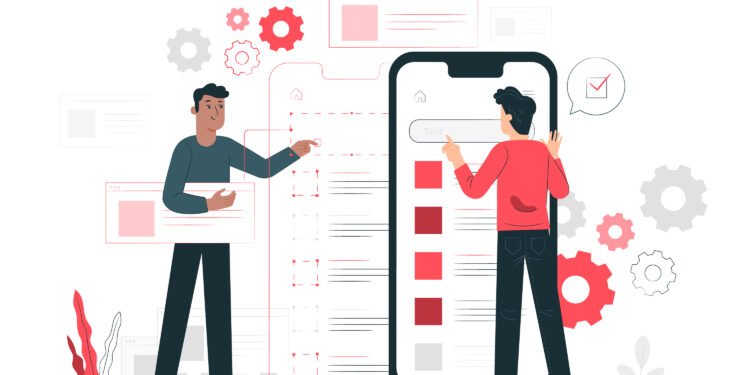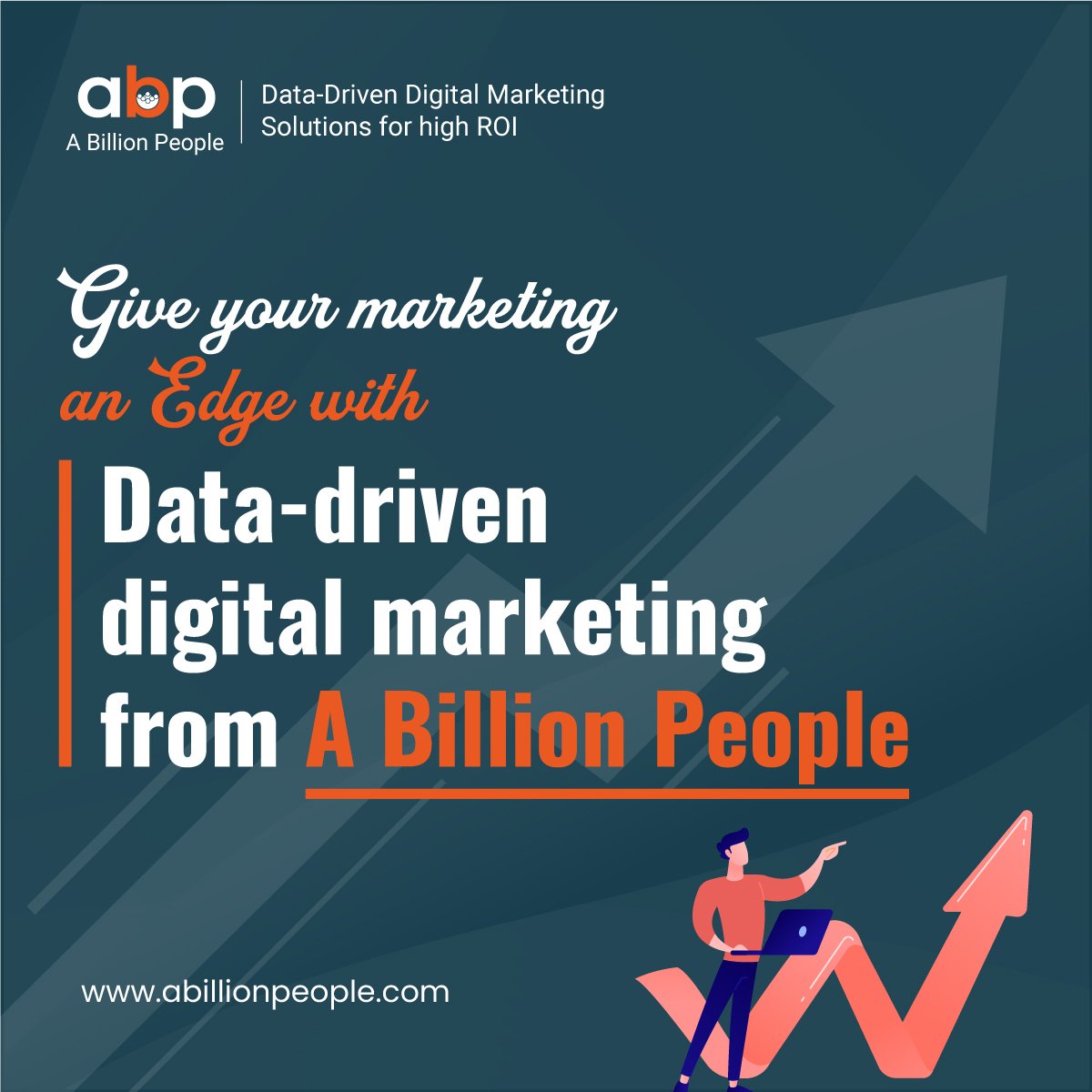In today’s fast-paced and highly competitive business landscape, customer segmentation has emerged as a crucial strategy for success. Companies across various industries are constantly seeking ways to stand out, engage their customers, and increase their bottom line. One of the most effective methods to achieve these goals is through personalization.
Personalization is the art of tailoring your marketing strategies and product offerings to meet the unique needs and preferences of individual customers. It goes beyond simply addressing customers by their first name in an email – it involves a deep understanding of their behaviors, preferences, and demographics. Enhanced customer segmentation skills are essential for businesses to deliver personalized experiences that resonate with their target audience.
In this blog, we’ll explore the power of personalization and how it can be harnessed to enhance your customer segmentation skills, ultimately driving customer satisfaction and loyalty.
Why Personalization Matters
In a world where consumers are constantly bombarded with marketing messages, personalization stands out as a powerful tool. It is more than just a buzzword; it’s a strategy that has a tangible impact on your bottom line. Here are a few reasons why personalization matters:
- Improved Customer Engagement: Personalized experiences capture the attention of customers and make them feel valued. When a customer receives relevant product recommendations or content tailored to their interests, they are more likely to engage with your brand.
- Increased Sales and Revenue: According to research by Epsilon, 80% of consumers are more likely to make a purchase when brands offer personalized experiences. Personalization can lead to higher conversion rates and increased sales.
- Enhanced Customer Loyalty: Customers are more likely to stay loyal to a brand that understands their needs and consistently delivers relevant content and offers. Loyalty programs that are personalized can be particularly effective in retaining customers.
- Data-Driven Decision Making: Effective personalization relies on collecting and analyzing data. By doing so, you gain insights into customer behavior and preferences, which can inform your marketing and product development strategies.
- Competitive Advantage: In an age where customers have numerous options, personalization can set your brand apart. It can become a key differentiator that attracts and retains customers.
The Role of Customer Segmentation in Personalization
Personalization relies heavily on customer segmentation. Segmentation is the process of dividing your customer base into distinct groups based on shared characteristics such as demographics, behavior, and interests. By categorizing your customers into meaningful segments, you can craft personalized marketing campaigns, product recommendations, and communication strategies for each group.
Here’s how customer segmentation works in the context of personalization:
- Understanding Your Audience: Through segmentation, you gain a deeper understanding of your customer base. You can identify who your most valuable customers are, what their preferences are, and what motivates them to engage with your brand.
- Tailoring Content: With segmented data in hand, you can create content and marketing messages that specifically resonate with each group. For example, a clothing retailer can promote winter coats to customers in colder regions and summer wear to those in warmer areas.
- Customized Product Recommendations: E-commerce platforms like Amazon have mastered the art of personalized product recommendations. By analyzing a customer’s browsing and purchase history, they suggest products that align with the customer’s preferences. This is an excellent example of how segmentation drives personalization.
- Targeted Marketing Campaigns: Rather than sending generic marketing emails to your entire customer base, you can create highly targeted campaigns. For instance, if you know a group of customers regularly buys running shoes, you can send them an email featuring the latest running shoe arrivals.
- Optimizing Communication Channels: Different customer segments may prefer various communication channels. Some might respond better to email, while others prefer social media. By segmenting your audience, you can tailor your communication methods to suit their preferences.
Enhancing Customer Segmentation Skills for Effective Personalization
To harness the full power of personalization, you need to enhance your customer segmentation skills. Here are some strategies to help you get started:
- Data Collection and Analysis: The foundation of effective segmentation is data. Start by collecting relevant data about your customers. This includes purchase history, browsing behavior, demographics, and any other information that can help you understand them better. Once collected, use analytics tools to identify patterns and segment your audience.
- Define Clear Segmentation Criteria: Develop clear and meaningful criteria for segmenting your customers. These criteria can include demographics (age, gender, location), behavior (purchase history, frequency of engagement), and interests (product preferences). The more precise your criteria, the more accurate your segments will be.
- Utilize Machine Learning and AI: Machine learning algorithms and AI can greatly enhance your segmentation efforts. These technologies can analyze vast amounts of data and identify patterns that might be impossible for a human to discern. They can also adapt and learn from new data, making your segmentation continually more accurate.
- Regularly Update and Refine Segments: Customer preferences and behavior change over time. It’s essential to revisit your segmentation criteria regularly and update your segments accordingly. This ensures that your personalized efforts remain relevant.
- Test and Measure: Implement A/B testing and other measurement strategies to assess the effectiveness of your personalized campaigns. Use key performance indicators (KPIs) such as click-through rates, conversion rates, and customer satisfaction scores to gauge the impact of your personalization efforts.
- Balance Automation with Human Touch: While automation is a powerful tool for personalization, don’t forget the human touch. Sometimes, a personalized email from a real person can be more effective than an automated recommendation. Finding the right balance is crucial.
- Respect Privacy and Data Protection: Personalization should always be carried out with utmost respect for privacy and data protection. Ensure that you comply with relevant data protection laws and that you have customers’ consent when collecting and using their data.
Challenges in Personalization and Segmentation
While personalization and segmentation offer tremendous benefits, they are not without their challenges:
- Data Quality: Poor data quality can lead to inaccurate segmentation and personalization efforts. Ensure that your data is accurate, up to date, and well-organized.
- Customer Privacy Concerns: Customers are increasingly concerned about how their data is used. It’s crucial to be transparent and gain their trust when collecting and using their information.
- Integration of Systems: Many businesses have data spread across different systems and platforms. Integrating these systems can be a complex task but is essential for effective personalization.
- Over-Personalization: There is a fine line between effective personalization and coming across as invasive. Bombarding customers with too many personalized messages can be overwhelming and counterproductive.
- Resource Constraints: Small businesses with limited resources may find it challenging to invest in the necessary technology and expertise for effective personalization.
In Conclusion
The power of personalization is undeniable in today’s business world. Enhancing your customer segmentation skills is essential for successfully implementing personalized strategies that engage customers and drive business growth. By understanding your audience, collecting and analyzing data, defining clear segmentation criteria, and utilizing technology, you can create meaningful and effective personalized experiences that set your brand apart from the competition. Keep in mind that personalization is an ongoing process, and as customer preferences change, so should your strategies. In the end, the effort you invest in personalization will be reflected in increased customer engagement, loyalty, and revenue.


















